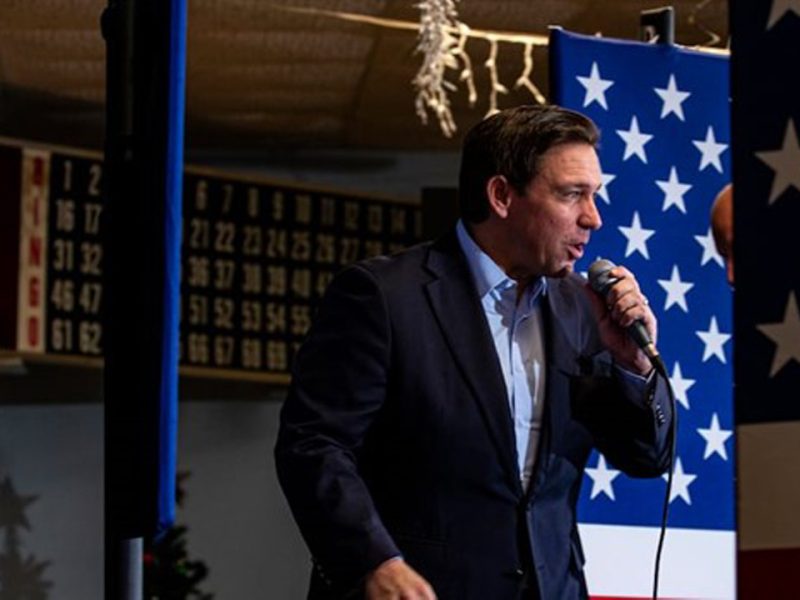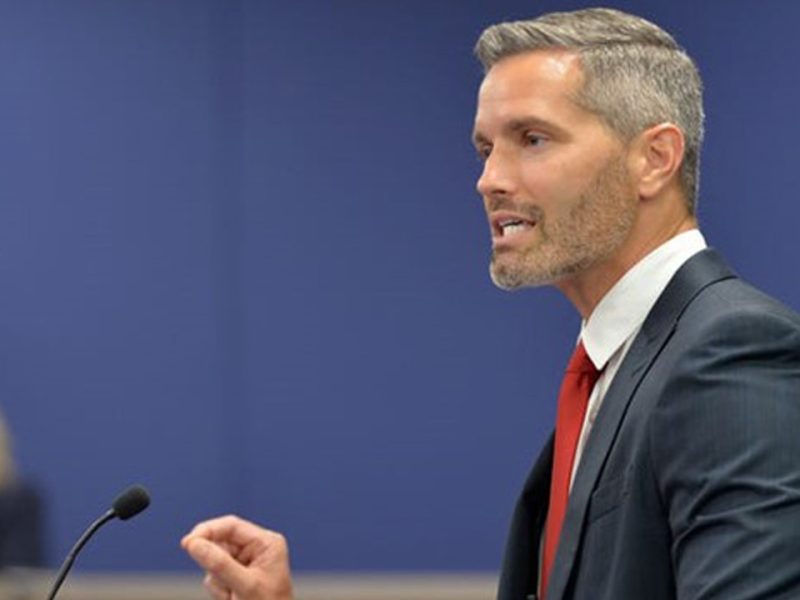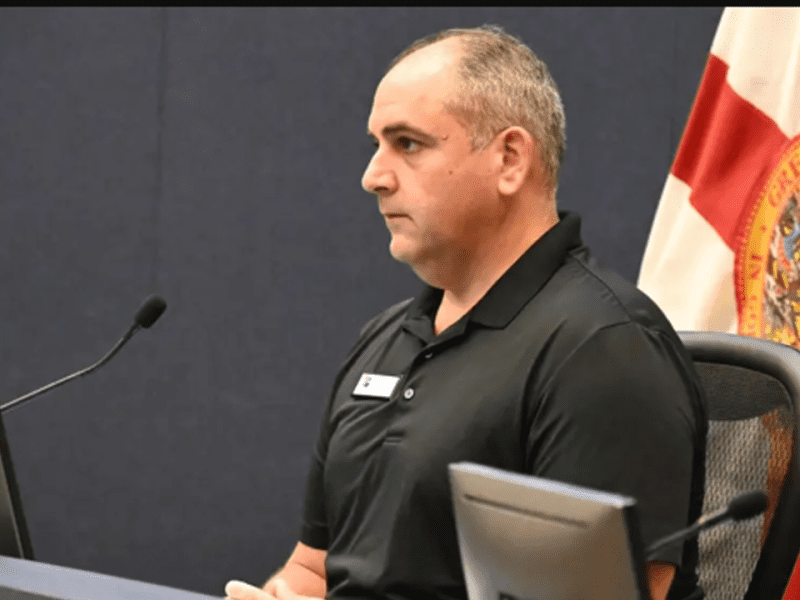A ‘serious problem’: Schools grapple with growing shortage of teachers and substitutes
South Florida Sun Sentinel | By Brooke Baitinger and Scott Travis | November 2, 2021
South Florida’s schools are suffering under a pandemic double-whammy: Not enough teachers, and not enough substitutes to fill in for them.
For substitutes, the stressful working conditions aren’t worth $15 an hour when they can make more at places like Walmart or Starbucks and also secure health care. Burnt-out teachers say the passion that keeps them coming back year after year is no longer worth their mental and physical well-being and personal lives.
Some educators say they’re working under impossible conditions. In many cases, they’re burdened with preparing already struggling students for end-of-the-year exams, even though many students have fallen behind during the pandemic. Some teachers say they’re dealing with increased behavioral issues.
“I have eighth-graders who are still throwing stuff across the room,” one of the teachers said, requested their name not be used, given the sensitive nature of her job. “The last normal year they got was fifth grade. At that point it’s not instruction. It’s babysitting.”
Students are thrown into chaos. Either their class is split up and students are distributed among teachers they’ve never met, or administrative and district staff fill in as substitutes when possible.
In more extreme cases, students in Broward County were “warehoused” together with other classes in areas large enough to hold them, such as cafeterias, auditoriums or gymnasiums. An instructor might give them coursework to complete on their own, or they might just watch a movie.
Instruction wanes at a time when students are already dealing with devastating setbacks from a year and a half of virtual learning.
The plight of teachers is apparent in the districts’ latest vacancy numbers. The school district in Palm Beach County reported 348 vacant teaching jobs as of Oct. 4, which is up compared to the 221 open spots in 2020.
The district also reports how many of those vacant spots are triaged with substitute teachers. Over the past two school years, the district was able to use substitutes to fill at least 87% of vacant teaching jobs. This school year, the district has only been able to place substitutes in about 69% of those vacant jobs.
“It’s a serious problem the district is aware of,” said Justin Katz, president of the teacher’s union in Palm Beach County. “We have these vacancies on top of the shortage of substitutes who still don’t want to come in to deal with education during COVID.”
Many principals have had no choice but to rely on teachers sacrificing their planning periods to cover the vacancies, he said.
“When that happens multiple times a week, they’re losing 25% or 50% of their planning for that week. They have to choose whether to do it on their own time when they’re not getting paid for it,” he said. “There’s not a balance between their personal or professional lives, they’re being stretched to their limit, and there are teachers leaving the profession because of it.”
The district responded by reallocating district personnel, including Superintendent Michael Burke, to cover the shortages.
“That gesture is appreciated,” Katz said. “That way he’ll get a better view of what the day-to-day life of teachers are.”
He hopes it will expose weaknesses in teachers’ contracts and highlight the need for guardrails or a fail-safe in the event of emergencies such as the COVID pandemic. He plans to ask during contract negotiations for additional protections with regards to planning time and covering classes.
“The issue of teacher shortages and people not wanting to become educators has been a trend in the last decade. COVID roped the system,” he said. “Now it’s shifted and most people definitely do not want to get into the profession, which is tough enough on a good day.”
The school district in Broward County reported 267 vacant teaching jobs as of Oct. 18, which is up from 167 that time last year and 97 that time in 2019.
During the 2019/2020 school year, the district was able to use substitutes to fill almost 75% of vacant teaching jobs. Last school year, that rate fell to 54%. So far this year, the district has only been able to place substitutes in 48% of those vacant jobs.
Multiple teachers told the South Florida Sun Sentinel they feel as though they can’t take any time off because of the shortage, even if it’s to handle something serious in their personal lives.
Jude Mirambeau, who teaches literature at McArthur High School in Hollywood, said his father died this past summer. Since school started, he’s been afraid to take days off because he doesn’t know if there’s anyone to teach his classes or the SAT prep classes he gives after school.
Mirambeau has given up planning periods to teach classes where he doesn’t know any of the students. It throws his schedule, and sometimes his students’ schedules, into chaos, he said.
Melissa Carrion Ramos said her son has a sixth-grade math class at Glades Middle in Miramar, but he has to go to the gym when his teacher isn’t there, or there’s no substitute available to take the class.
“The gym is the only large place to house the kids,” she said. “They’re not taught anything. … They have to sit quietly until the period is over.”
She’s aware of some teachers taking on additional students from these classes, but said “they have to be in the right mood.”
That sentiment rubs Roberto Fernandez the wrong way. He teaches history at Plantation High School, where he says the substitute shortage is so bad that sometimes the principal and assistant principals cover classes.
“The comment about teachers ‘being in the right mood’ bothers me,” he said. “It should scream or at least hint to leaders and to the public that teachers too need the time for their own mental health. This lack of mental health support is what is causing educator burnout, early retirement and departure from the profession.”






